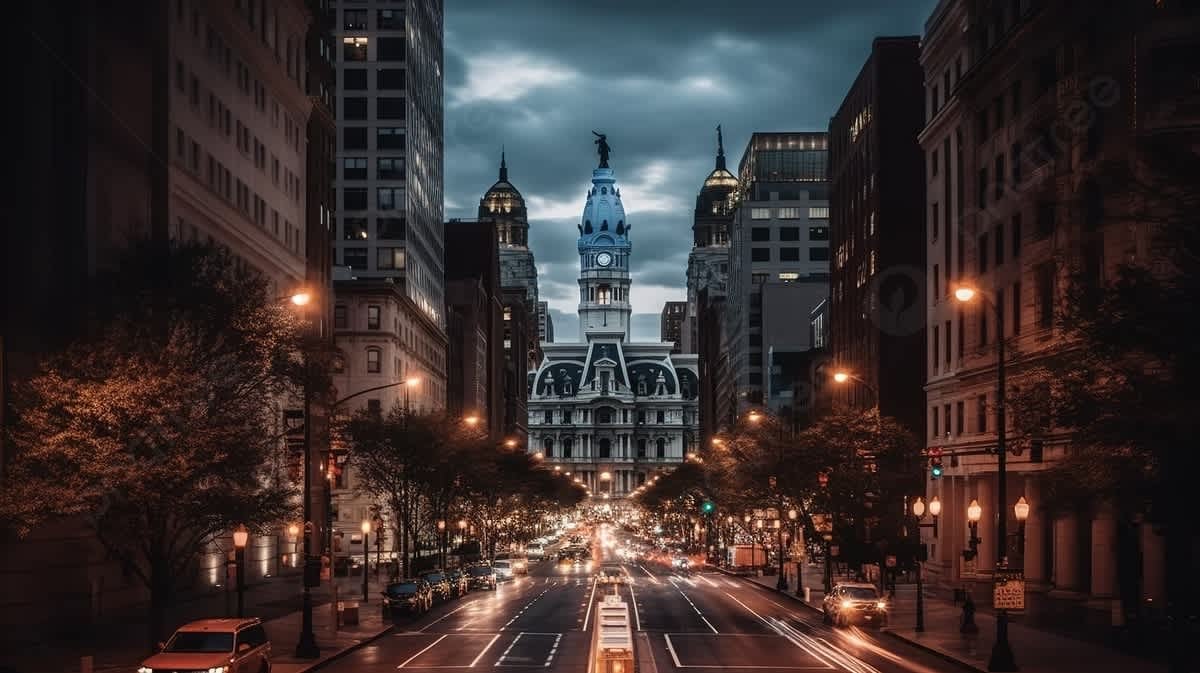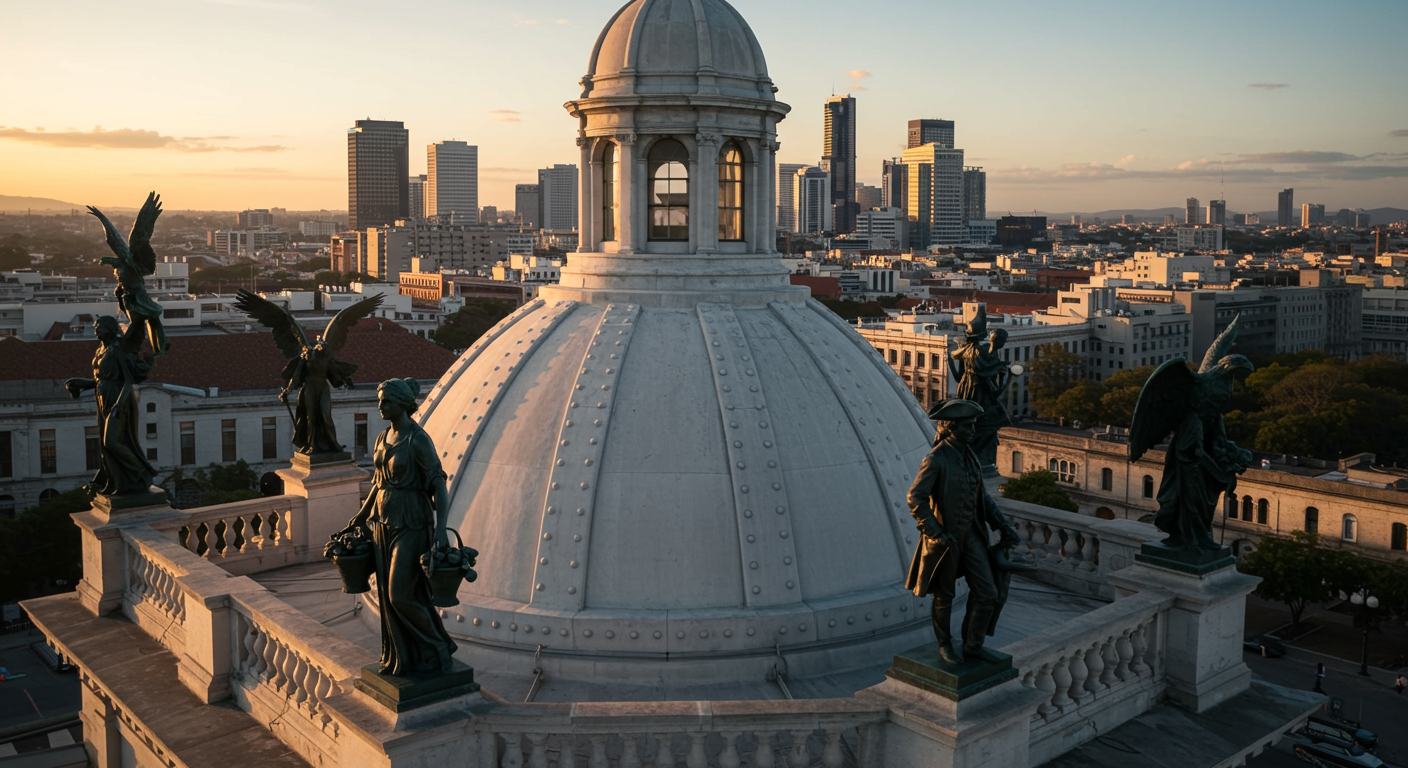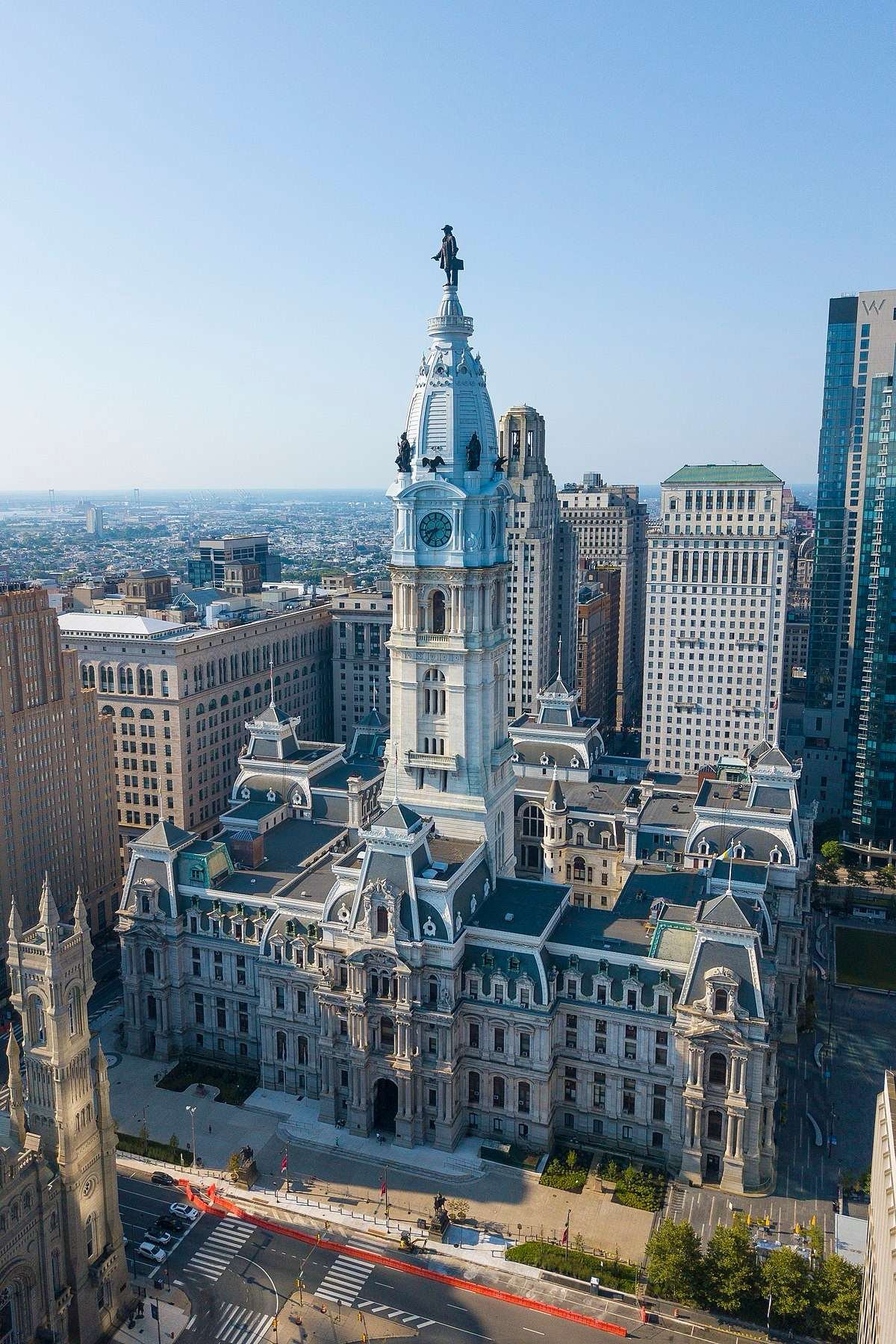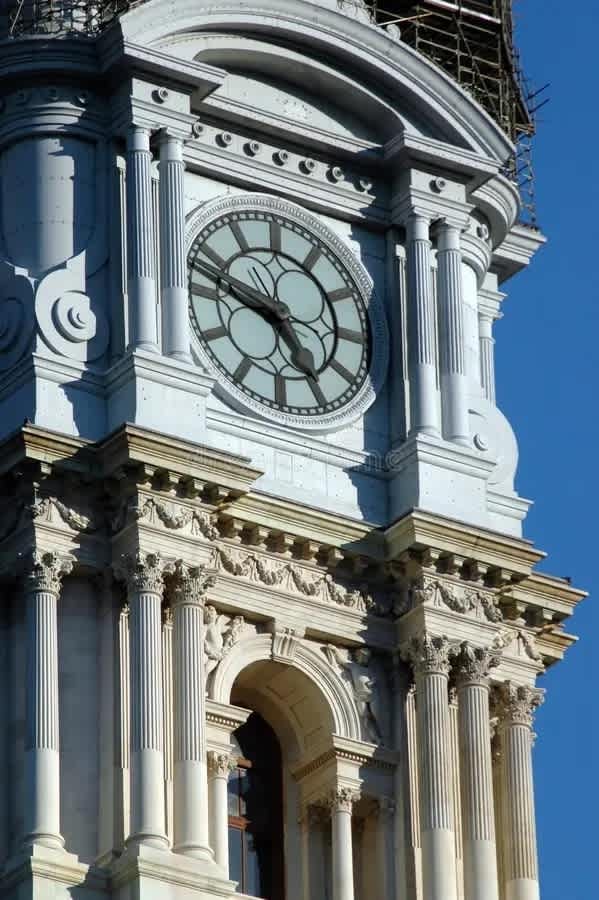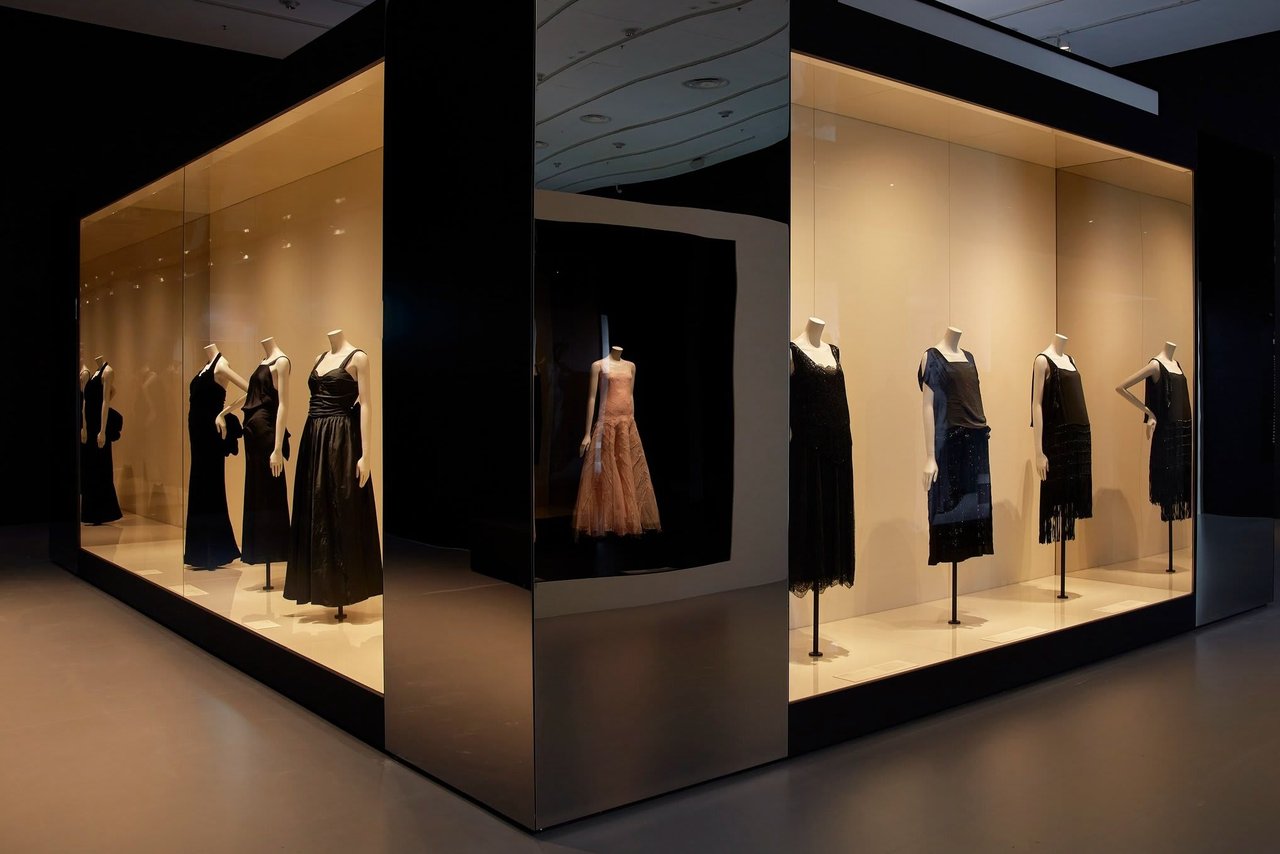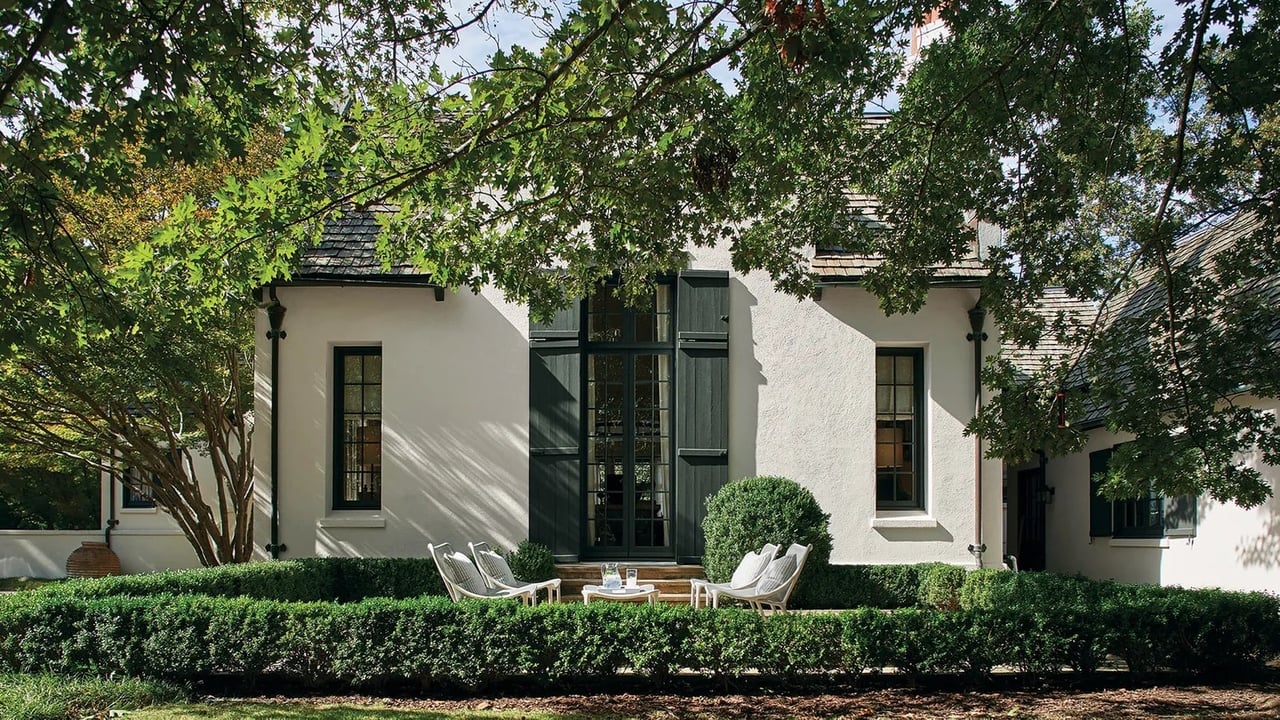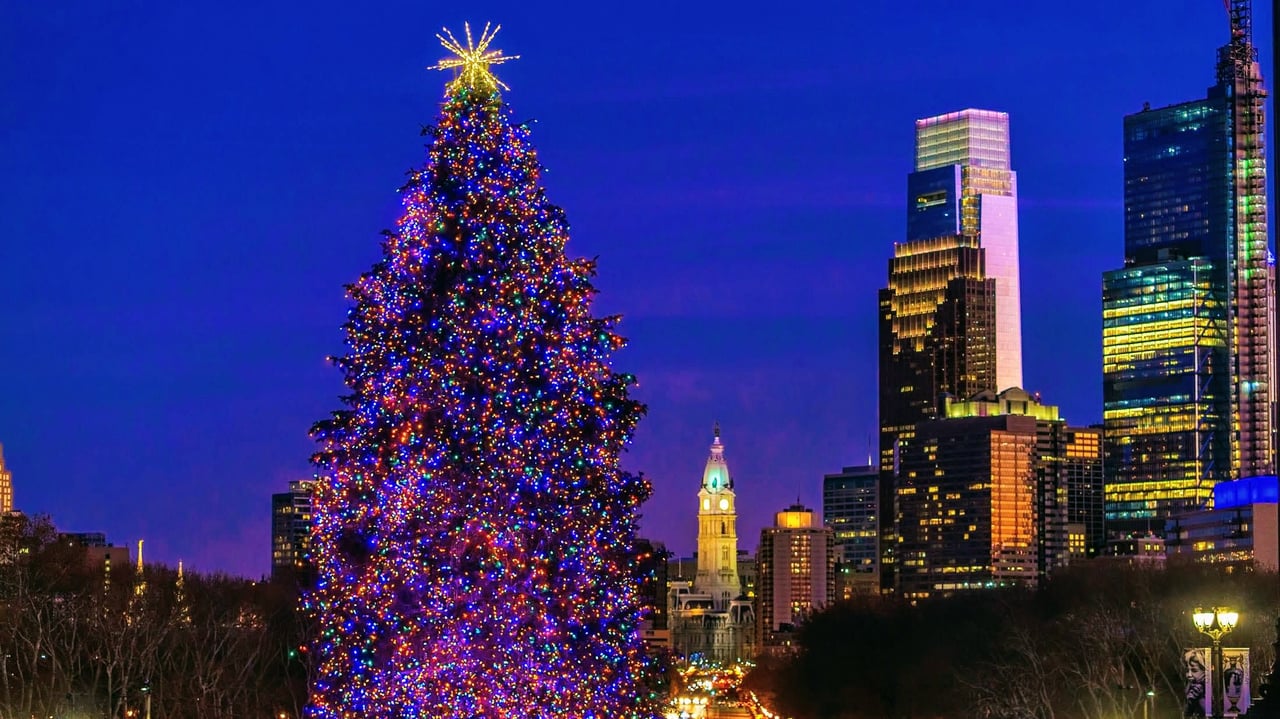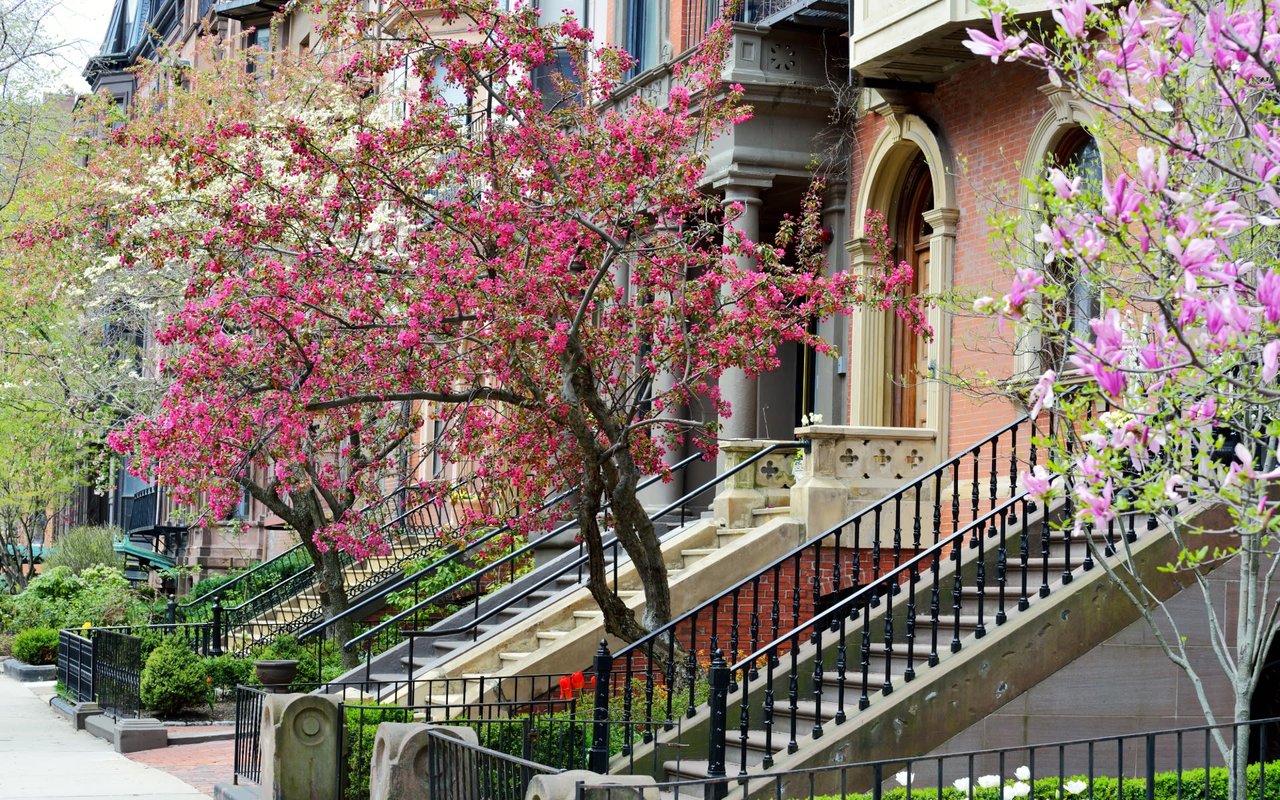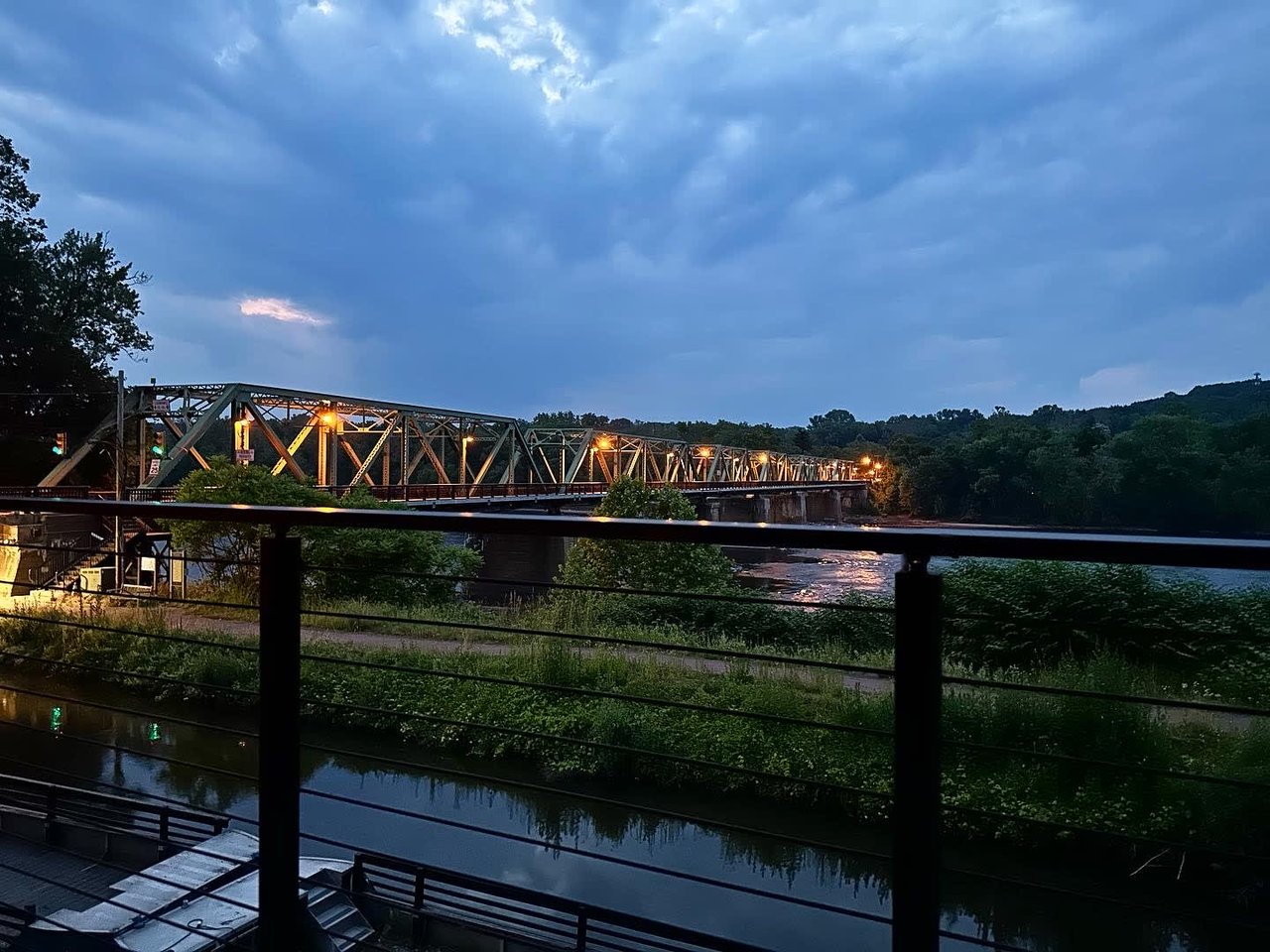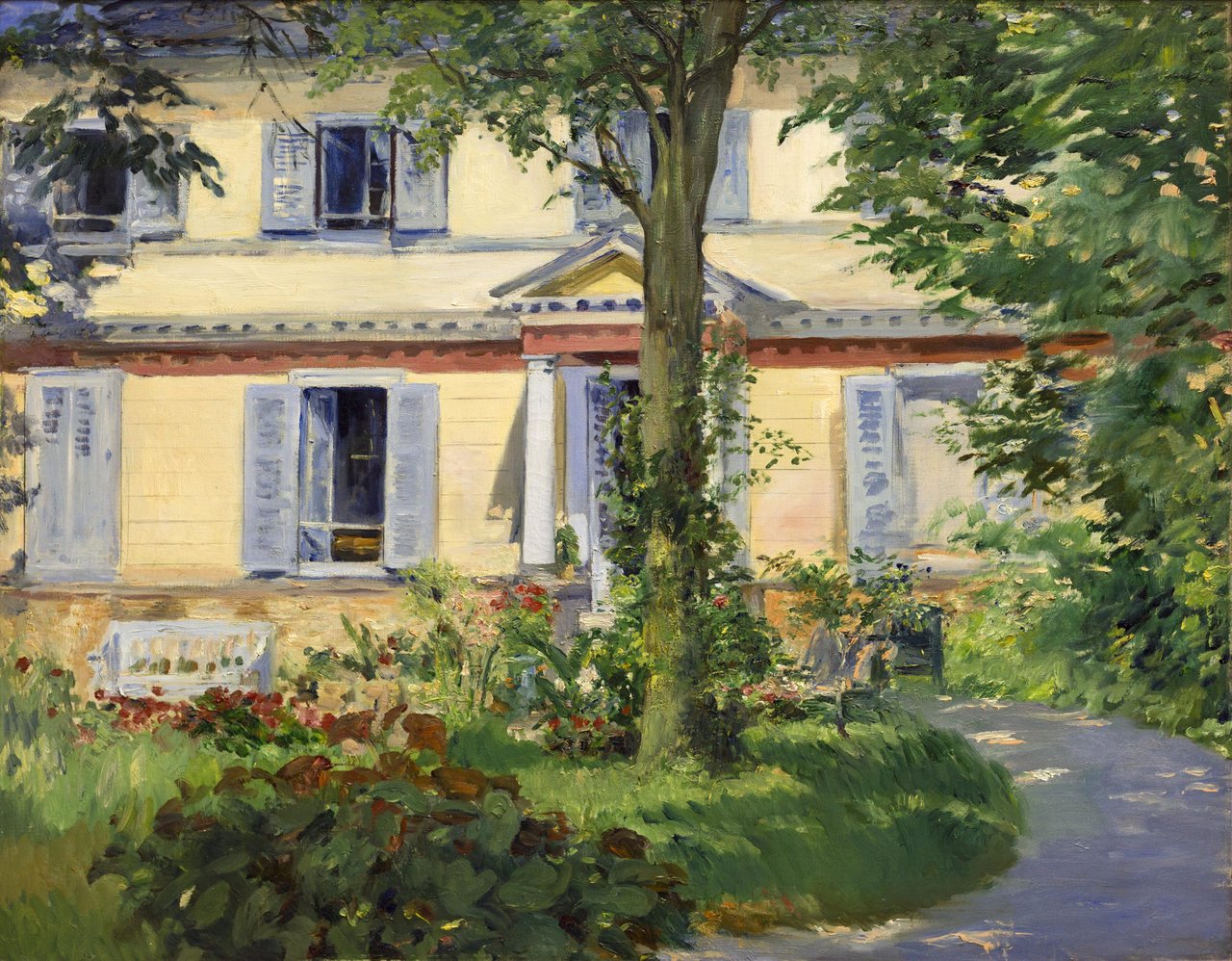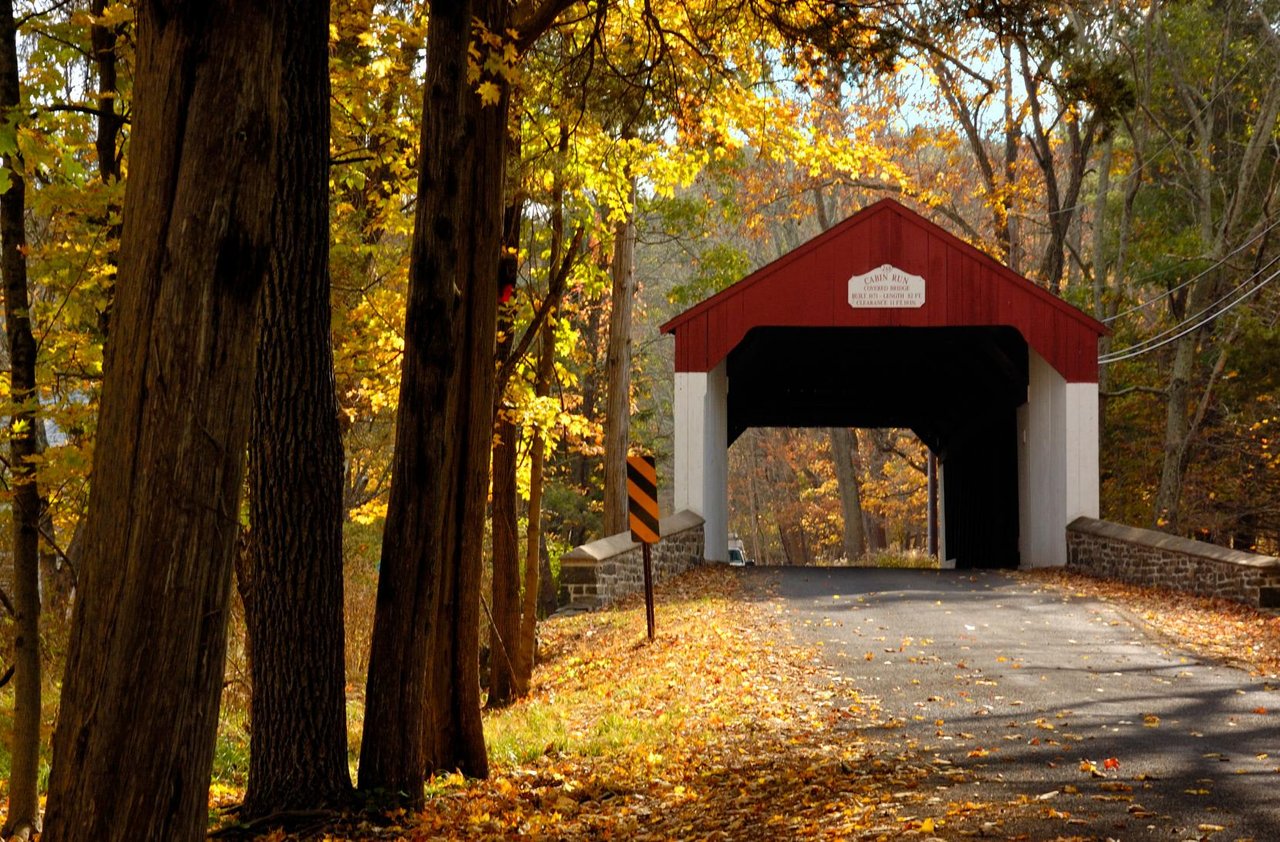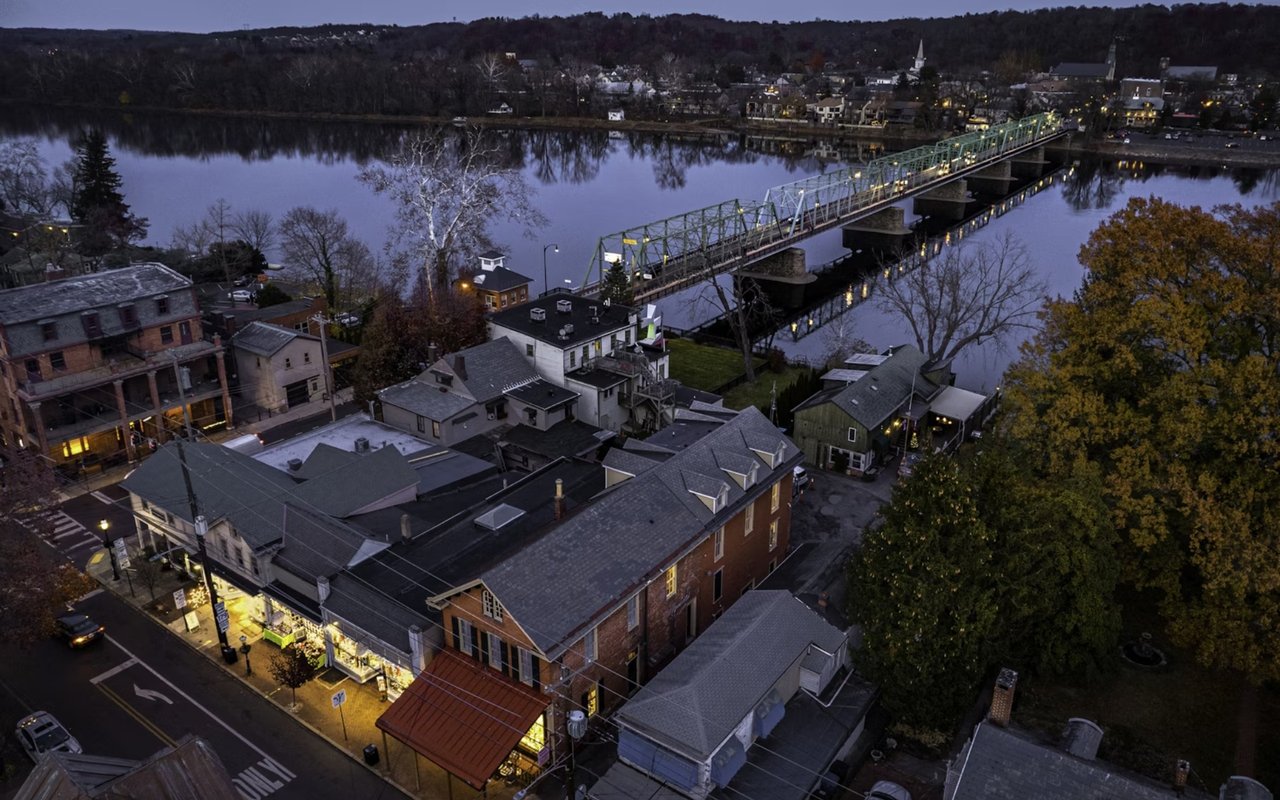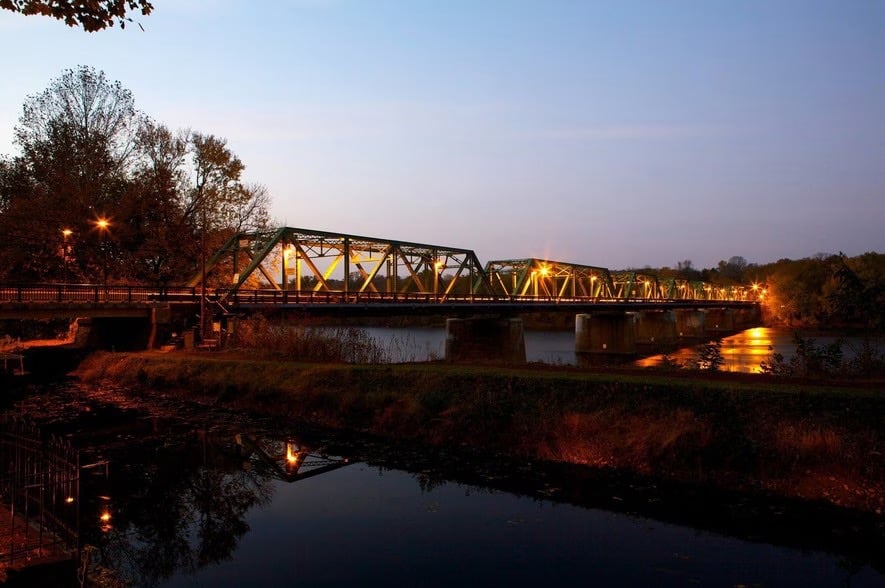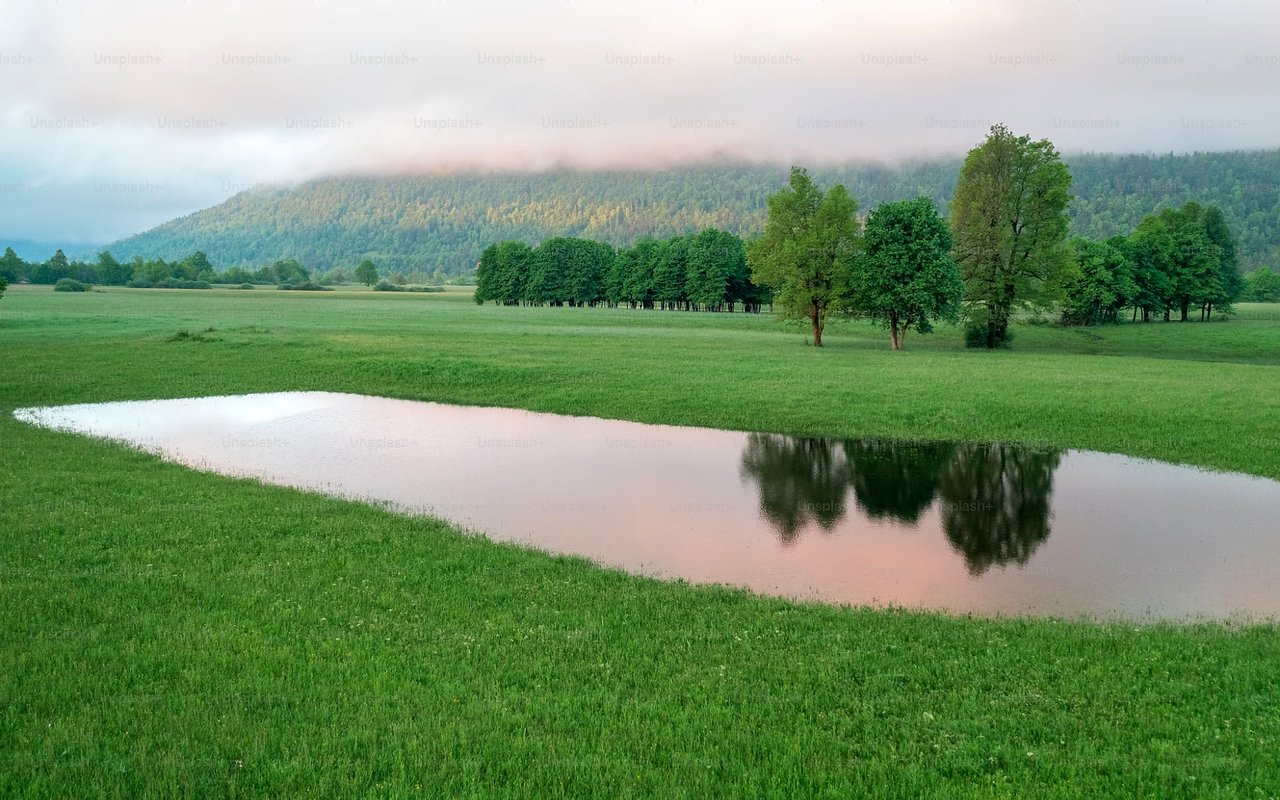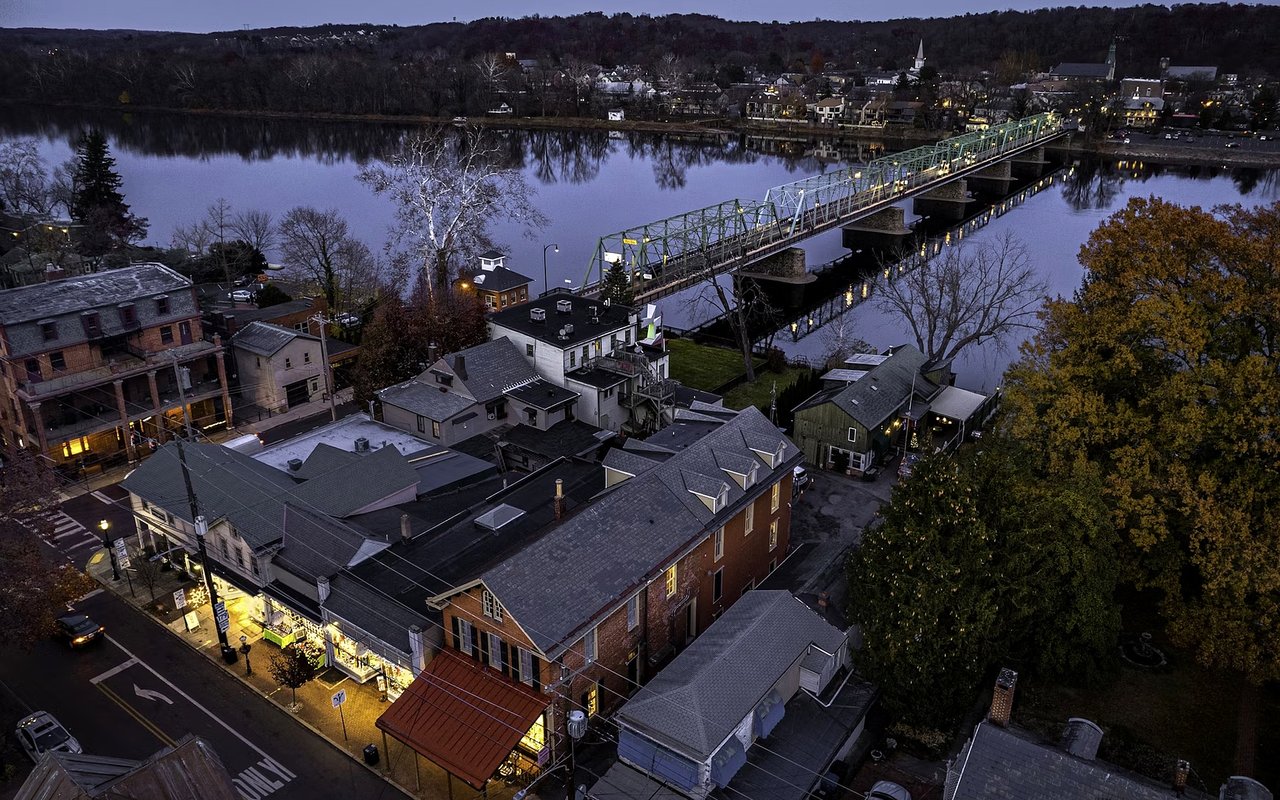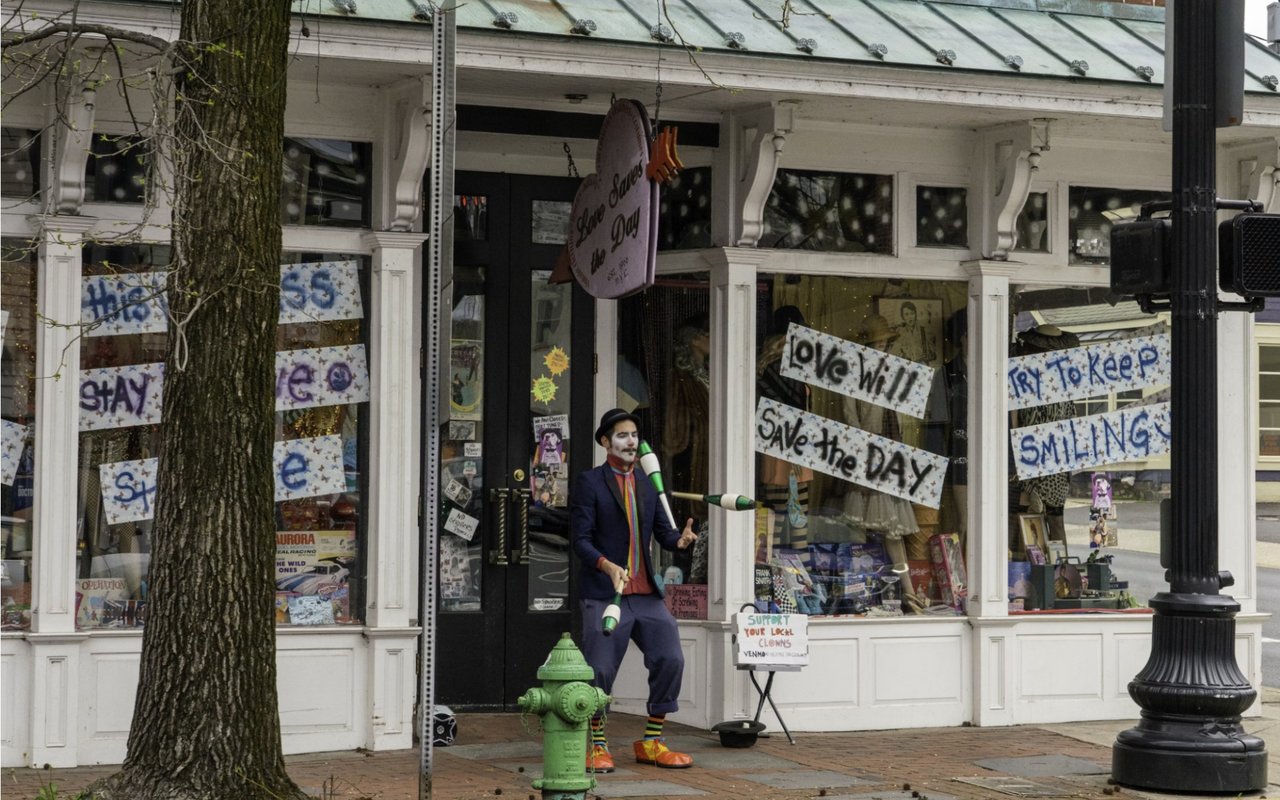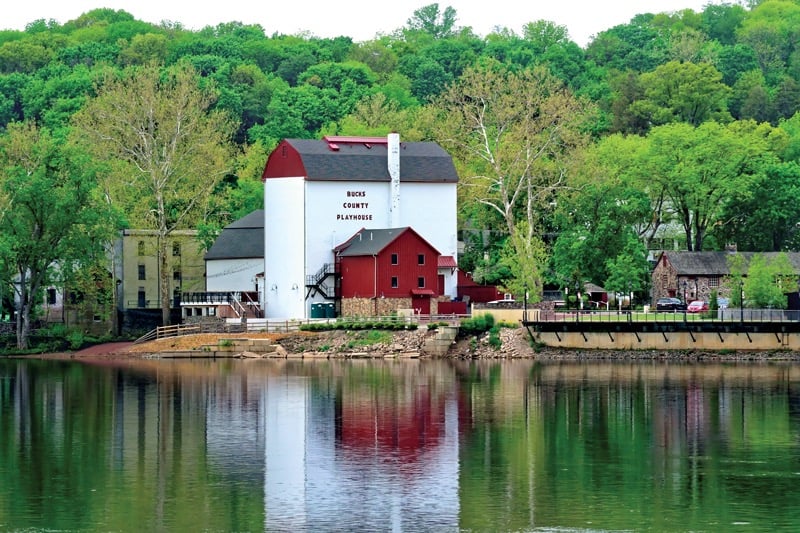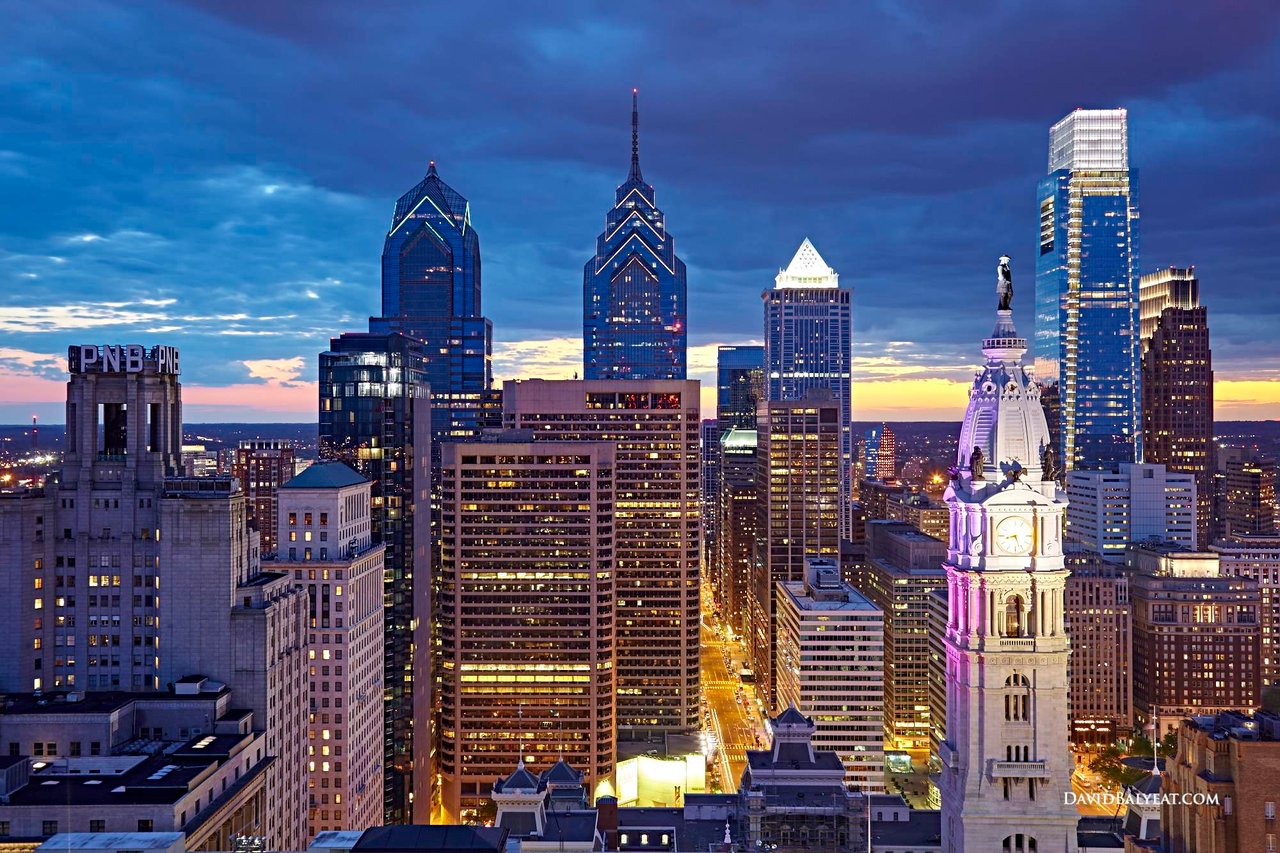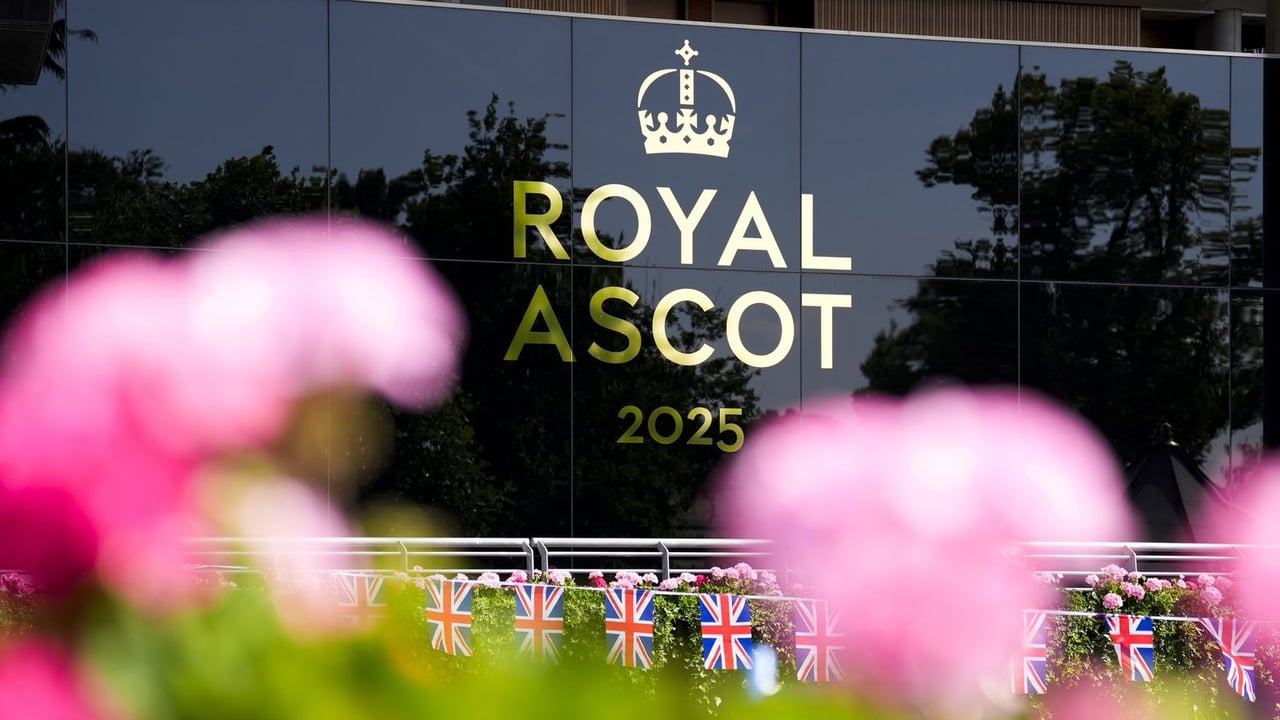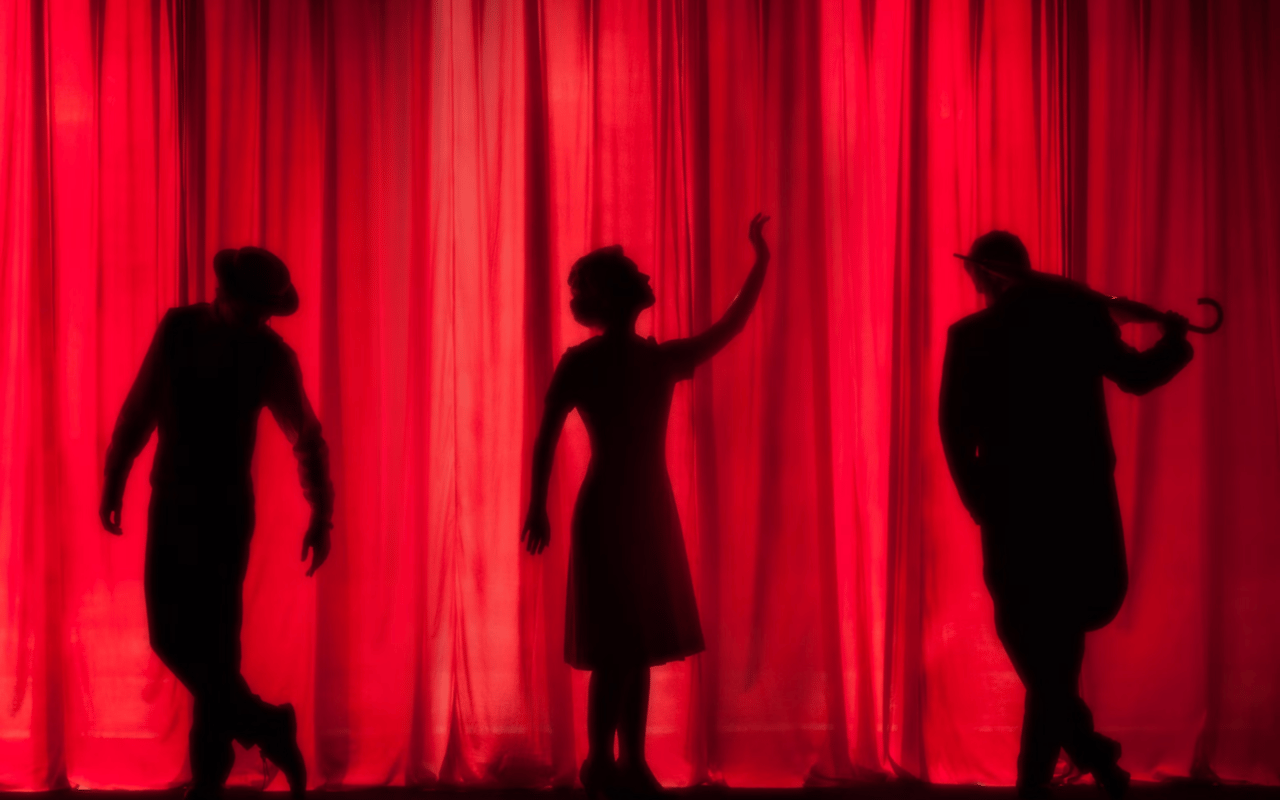Philadelphia’s City Hall: A Masterpiece of Architecture and History
Philadelphia’s City Hall stands as a monumental achievement in both architecture and history. Completed in 1901, it was once the tallest building in the world, and today, it retains its title as the tallest masonry building in the world. This iconic structure, made of brick, marble, and limestone, showcases the grandeur of the era in which it was built, while its towering presence remains a beloved part of the Philadelphia skyline. Constructed of brick, marble, and granite, with no steel or iron framing, City Hall is the tallest masonry building in the world and one of the largest overall. More than 88 million bricks were used in the building’s construction, and the walls of the tower are up to 22 feet thick near its base.
Atop City Hall sits the magnificent statue of William Penn, which weighs an astonishing 27 tons. This statue, the largest atop any building in the world, pays tribute to Pennsylvania’s founder. The attention to detail in this work is astounding, and it watches over the city from a height that gives Philadelphia’s architecture its distinctive character. William Penn, who founded the Province of Pennsylvania in 1681, planned the city of Philadelphia in a grid pattern between the Delaware and Schuylkill Rivers. In the center, he set aside five parcels of land for public spaces, including a “Centre Square” that was designated for public buildings—the future site of City Hall. Inside City Hall is a plaque inscribed with Penn’s “Prayer for Philadelphia” that he composed prior to departing for England.
City Hall is not just remarkable for its towering figure of Penn; it also boasts a complex and intricate exterior featuring more than 250 sculptures designed by artist Alexander Milne Calder, the grandfather of the famous sculptor Alexander Calder. Each of these statues tells a story, embodying various themes, including Native Americans, settlers, and allegorical figures representing virtues such as Justice, Peace, and Commerce. Nine of the statues were cast in bronze, while most were started in clay, cast in plaster, and finished in marble. There are nods to naturalism and animals, Swedish settlers, mythological creatures, Native Americans, a group of cats chasing some mice, and four eagles with 15-foot wingspans near the top of the tower.These sculptures serve to highlight Philadelphia’s history and values, making City Hall not only a seat of government but a monument to the city’s heritage.
Some of the most prominent sculptures are allegorical figures representing concepts like Justice, Peace, Commerce, and Liberty, highlighting virtues central to civic life. The inclusion of Native Americans and settlers reflects the city’s historical roots, paying homage to its founding and early inhabitants. Figures of animals, deities, and personifications of the four continents further symbolize Philadelphia’s connection to the global world and its aspirations as a cultural and commercial hub.
These sculptures are not merely decorative; they represent the diverse social, economic, and cultural life of the city. For example, the figure of Justice stands as a reminder of the city’s role in promoting fairness and equality, while Commerce symbolizes the importance of trade and business in the city’s development. The Native American figures recognize the original inhabitants of the region, while the settlers honor those who built the city from its founding.
Additionally, there are symbolic representations of agriculture and industry, showcasing Philadelphia’s rich economic past. The entire collection of sculptures is woven into the fabric of the building’s architecture, creating a sense of unity between the physical structure and the ideals it represents.
These statues are masterfully integrated into the design of the building, elevating City Hall into a work of art that tells a complex story of Philadelphia’s journey from its founding to the modern era. Their presence reinforces the building’s role not just as a government center, but as a monument to the city’s enduring legacy and values.
East Side Sculptures
The east side of Philadelphia’s City Hall is home to sculptures representing The Continents, personifying Europe, Asia, Africa, and America, reflecting the city’s global connections and aspirations. These figures emphasize Philadelphia’s place in the international landscape during the 19th and early 20th centuries.
West Side Sculptures
On the west side, the sculptures are focused on the forces of nature, such as water, fire, air, and earth, symbolizing the elements that shape both the natural world and urban life. These figures connect the building to the broader environment, emphasizing humanity’s relationship with nature.
The east and west sides reinforce City Hall’s narrative as a global and natural force, elevating the building beyond a municipal center to an emblem of the city’s ambition and values. Together, the sculptures on all four sides highlight Philadelphia's role in history, governance, and its relationship with the wider world.
North Side Sculptures
The north side prominently features statues that honor the labor and craftsmanship that built the city. The figures of Agriculture and Industry represent the foundations of Philadelphia's economy during its growth in the 18th and 19th centuries. Agriculture, depicted through figures with tools and harvest symbols, reflects the region's rich farming heritage, while Industry highlights the role of manufacturing and craftsmanship.
South Side Sculptures
On the south side, statues represent abstract ideals like Justice, often depicted with a sword and scales, symbolizing the city's dedication to fairness. Peace, a calming presence on the building, speaks to the city’s desire for harmony in governance. Commerce is a vital theme as well, reflecting Philadelphia's significance as a trading hub during its early days and into modern times.
Each statue not only beautifies City Hall but also serves as a powerful reminder of the values and history that continue to define Philadelphia today.
Inside, City Hall contains 700 rooms, making it one of the largest municipal buildings in the United States. It houses the offices of the city’s government and remains a bustling center of civic activity. Despite plans in the 1950s to demolish this historic building, cooler heads prevailed, and the majestic structure was preserved for future generations to admire.
Philadelphia’s City Hall is not only an architectural wonder but also a living piece of history, embodying the spirit of the city it watches over. Its impressive height, monumental sculptures, and intricate design make it one of the most recognizable and celebrated landmarks in the world.
If you're looking to discover more about the rich history and beauty of Philadelphia’s landmarks or are searching for your perfect home in this historic city, B&B Luxury Properties is here to guide you. Contact us today to learn more about the properties and treasures that make Philadelphia so special.
215.436.9772
